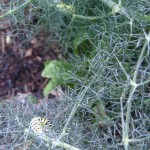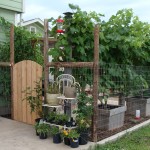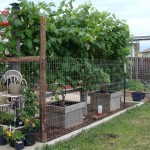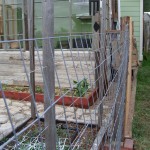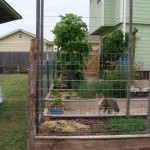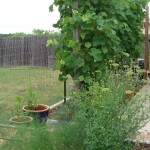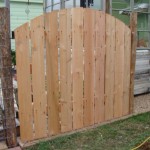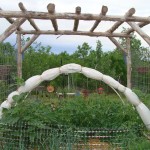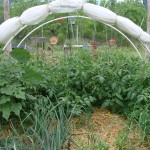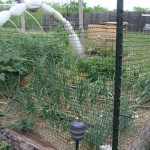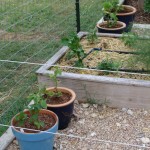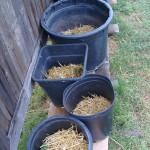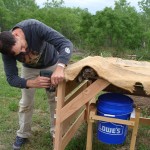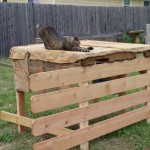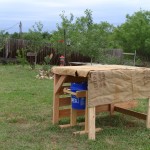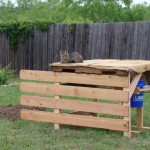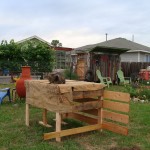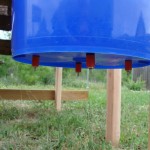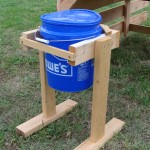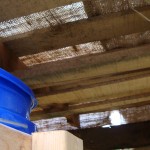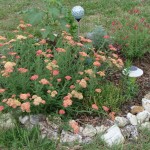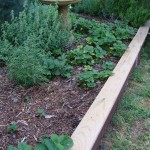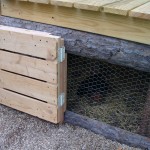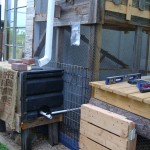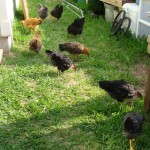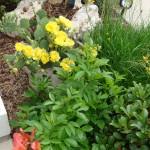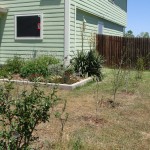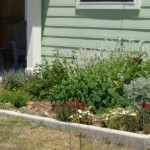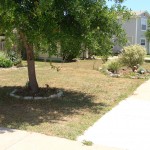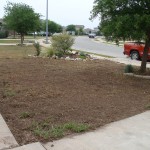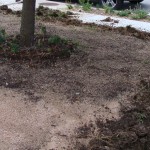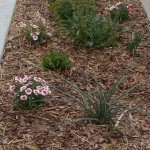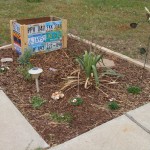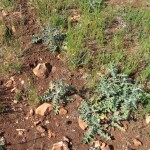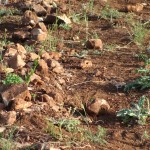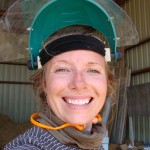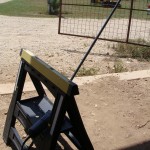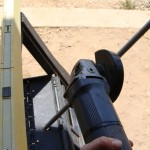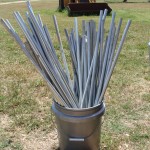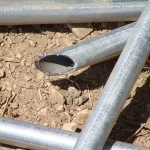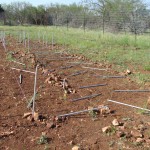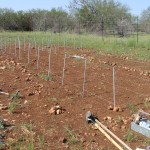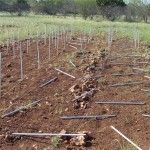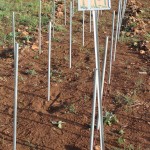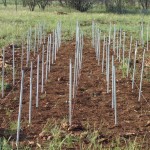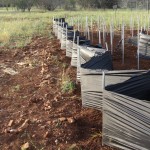My husband and I considered joining a local small scale Dairy Goat Farm, small scale meaning it’s basically a small heard that consists of five goats; Eve, Trisket, Abernathy, Misty, and Penny. We purchased a quarter share for $7 and once a week we are able milk goats. We end up getting 5 quarts of goat milk a month. We could have invested in a full share which is 5 gallons of goat milk a month and about $35. (We didn’t continue being shareholders after the first month however because we didn’t agree with the animals living arrangements.)
I’ve always had a love for goats, ever since I helped take care of 27 on a farm that had 59 animals, many of which were different. My interest in them has grown as we develop our passion for buying a larger homestead property in which we will have a few acres or more. My need for goat milk has increased since I started making chevre goat cheese and paying an upwards of $16 a gallon just to make 1 lb of cheese! After sourcing local farms and the farm that produced the milk I bought, from Wheatsville Coop; I knew that there had to be another way! I was fortunate to be able to speak with one of the owners of Wateroak Farms, Mark, who was extremely helpful in my cottage production of cheese. Although I can not sell the cheese that I make from the milk that I get from City Farm Austin, I will be able to learn an entirely new skill set. I am new to the milking field and it was a bit challenging for me. I hope to get better as time rolls on. My husband picked up the skill rather quickly but then the Lord has blessed him with being very gifted with his hands so that doesn’t surprise me.
So we add another skill to our list of things that we have learned how to do to become more self sufficient. Last winter Davin and I helped harvest 18 Muscovy ducks at a friends local Organic Duck Farm; Munkebo; boy was that a lesson, challenge, and experience. I can’t say that I’m a fan of plucking molting ducks, it’s probably the least favorite part of the job altogether, in due part because they were molting which meant extra presents secreting from their skin once plucked, disgusting. Not sure if I am able to post those pictures because they may be a little offensive but educational nonetheless. Also a great way to meet new people, learn new skills, and have a better understanding of where our food comes from.
We have by far a lot more to understand and learn what to do to be able to be 100% independent and live off the grid, but since we brew our own beer; make our own cheese-I’m still just a beginner in this field and I’m still experimenting; grow our own food and preserve it using several different methods; harvest rainwater; learned to milk goats; learned how to process poultry; learned some basic permaculture practices; are getting our own chickens-we would like 3 to start since we do live in an HOA that doesn’t allow us to have them but another family owns a rooster that crows every day and has for years and we live along the greenbelt and have created the perfect urban homestead with room to grow; we have been blessed that our endeavors have educated us in the field of sustainability prompting our response to learn more.
We fish freshwater and saltwater fish for our food supply. We enjoy hiking, exploring, backpacking, camping, and getting our hands dirty whatever way possible outside. If we can benefit from an activity in some way we have gained yet another priceless lesson in life. We have so much to learn from our ancestors, and neither one of us grew up on a farm although my father has been doing agriculture for years as a farmer who went to school for geology. I’ve learned a little from him but a lot more from all of the organic farms that I have worked on or volunteered for over the years. Also the continuing education class I took one summer at Austin Community College was extremely useful in becoming a better Texas gardener. I learned that I couldn’t just throw a seed in the ground and expect it to grow like it does in Michigan. You laugh, I know, but people think they are “black thumbs” because they can’t grow plants here but the reality is that plants only need 6 hours of sunlight in Central Texas. Whoa! It takes a completely different understanding of the land, water, soil, sun, and weather elements to be successful! It’s no wonder your plants may be struggling which is why it’s advantageous to learn about alternative gardening methods, including wicking beds, shade screening, gardening with raised beds, berms and swales, etc. Also make sure to rotate your crops.
As for now, we are headed to Habitat for Humanity to get more supplies for our greenhouse that is being converted into a chicken coop and a more efficient outdoor growing room.

